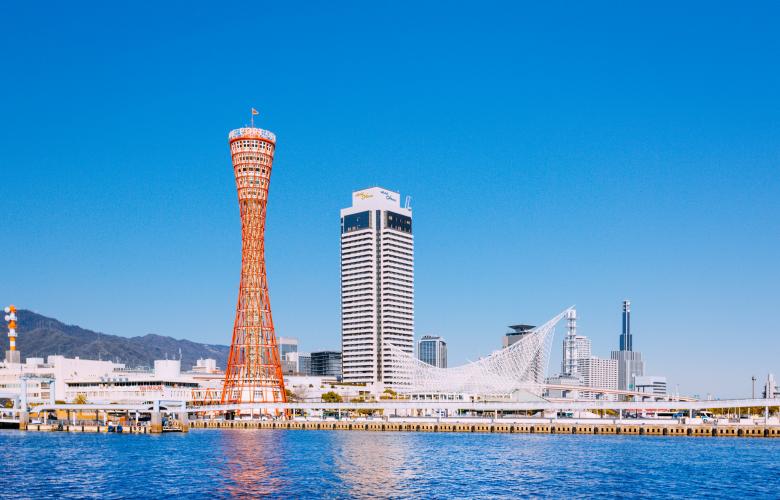Known as ‘tower mansions’ in Japanese, high-rise condos have started to dominate cityscapes across Japan. Inner-city living in Japan means shorter commutes, among other major conveniences, and is increasingly popular across all socioeconomic strata, ranging from young families to singles to seniors.
However, as Japan’s population declines, maintaining development in both urban and suburban areas has increasingly become a challenge for Kobe and many other Japanese cities.
Kobe wants to prevent mushrooming of abandoned houses and ensure equal city–suburban development
The Nikkei Asian Review reports that Kobe’s Mayor Kizo Hisamoto said: "The nightmare scenario is that some years into the future, the city center will suddenly be filled with old people, while suburban areas are depopulated and ruined." To prevent this, the city of Kobe will prohibit tower mansions within a 22.6 ha circle around its central rail station, Sannomiya.
In addition, an even wider 292 ha circle that also includes the Shin-Kobe Shinkansen Station will be subject to building volume and land lot restrictions. The ratio of building to land will shrink to 400%, from currently 900%. This makes it effectively impossible to build a high-rise. The law will be effective from July 2020.
The details behind Kobe’s drastic move
Kobe's population peaked in 2011, and in 2018, the city’s population dropped by 6,235, the sharpest decline in the country. While Kobe is a major city, it lacks the appeal of Tokyo or its bigger neighbour, Osaka.
While the move to ban popular tower mansions might seem contradictory to curb population loss, Kobe’s officials fear that tower mansions will turn the city centre into a commuter town for those who work in nearby Osaka. This would deprive Kobe of the opportunity to develop commercial and office buildings of its own in the centre, while leaving fringe areas desolate after people flowed from them into city-centre condos.
Instead, the city has readied an alternative plan, complete with new housing developments in the ‘burbs and subsidies for families with children who move there.
While real estate developers are skeptical that the plan will work as desired, Kobe is by no means the only city to have done so. Sapporo is another regional capital that put a blanket ban on tower mansions in the city centre. This is also a common regulation in many European cities to preserve historic cityscapes.
Will Tokyo enact a similar ban in the future?
This is very unlikely. Tokyo has just given the green light for Japan’s highest skyscraper yet, with construction already started and completion slated for 2023. The 330 m tower will be mixed-use with offices, apartments, retail shops, and even a school. Further, there are several high-rise residential projects currently underway in Tokyo, e.g. in Shibuya Ward.
Source: Nikkei Asian Review
By Mareike Dornhege
Similar to this:
Shibuya’s decade-long facelift: Redevelopment timeline leading up to the 2020 Tokyo Olympics
Top Tokyo redevelopment projects
Beyond Tokyo 2020: Prospects for the Japanese real estate market





